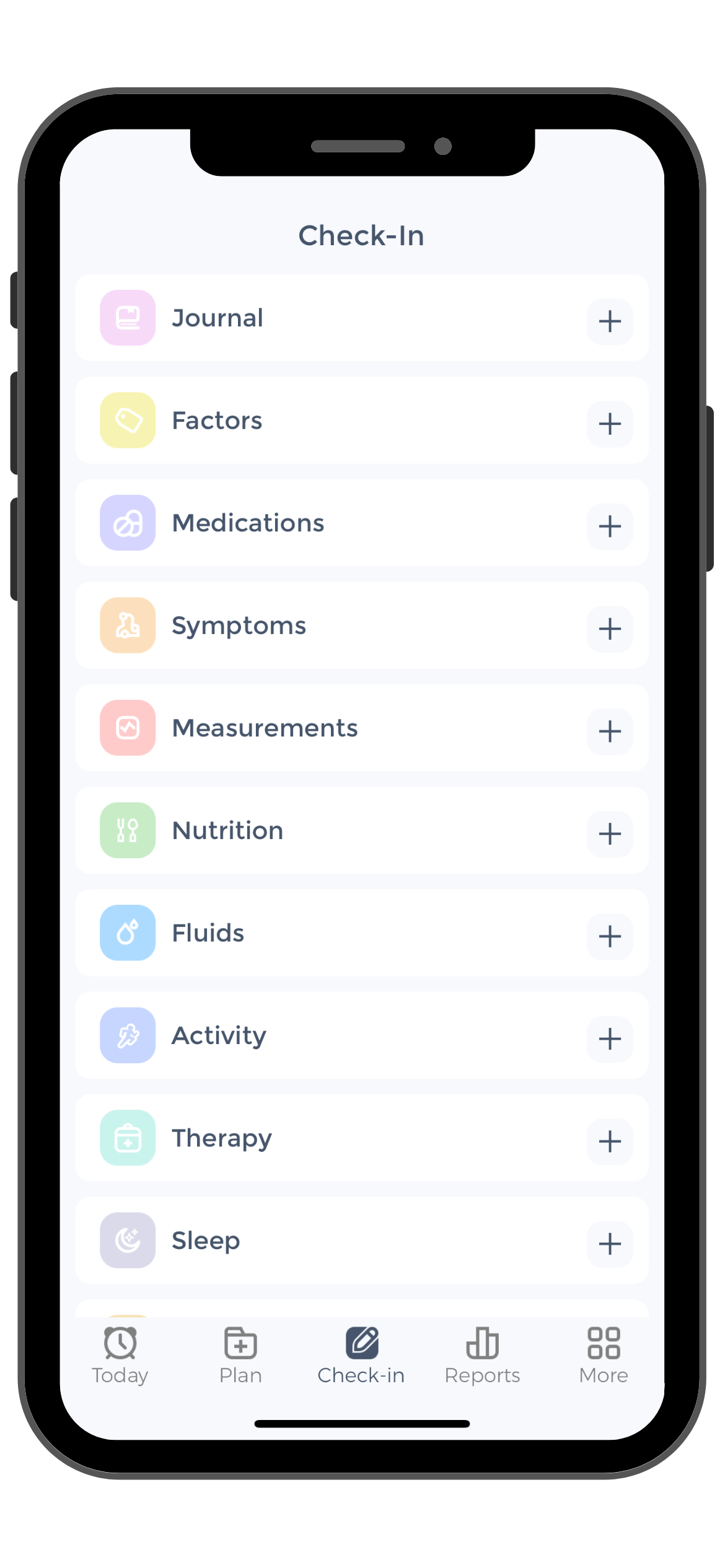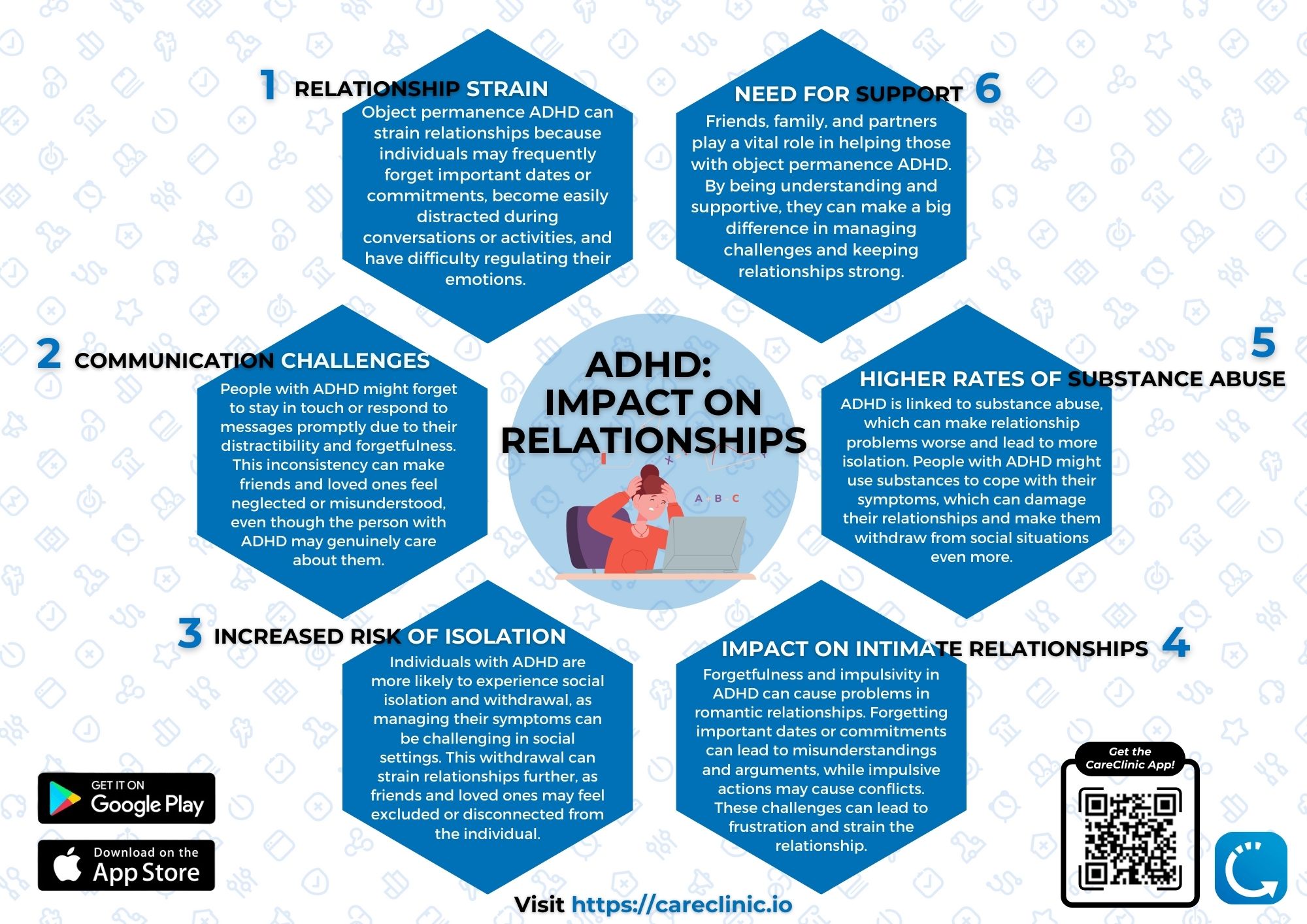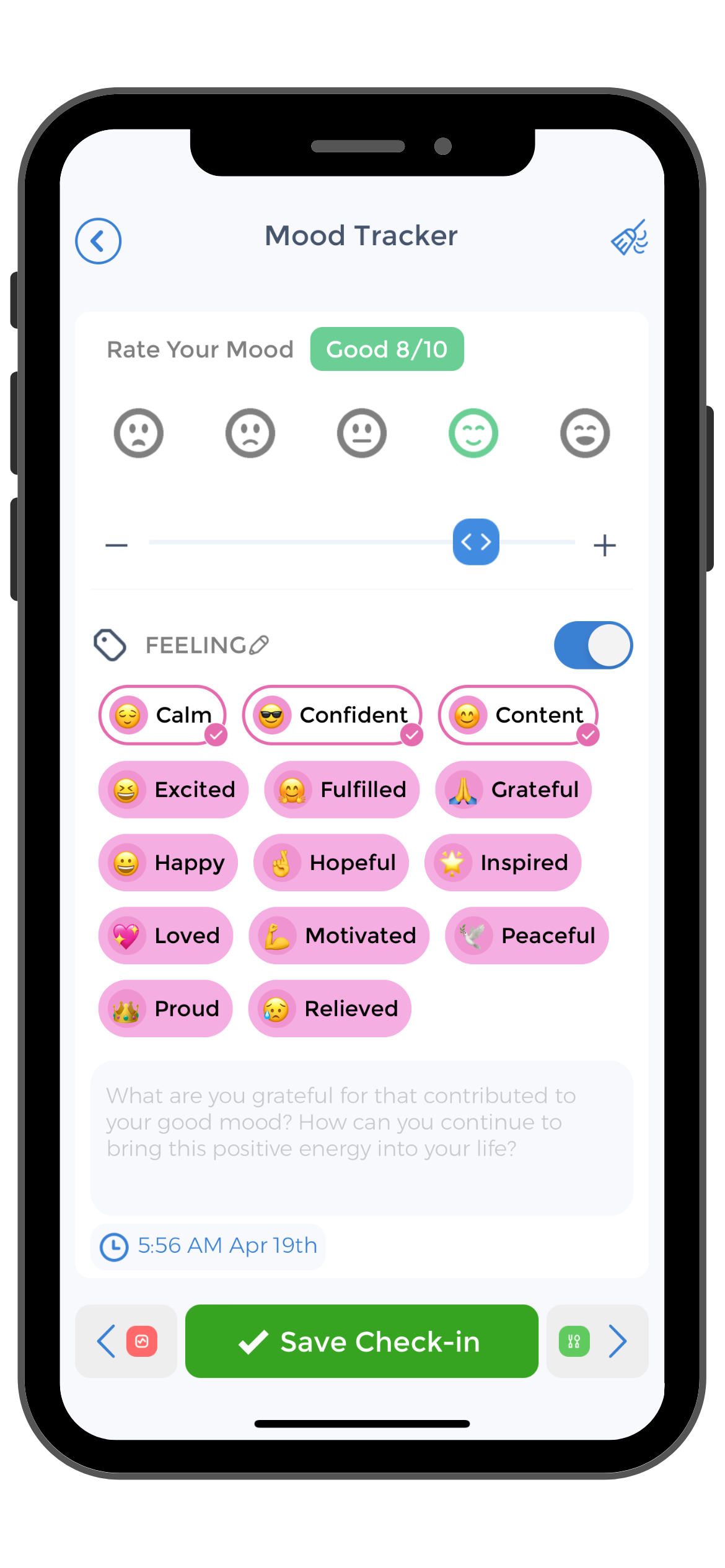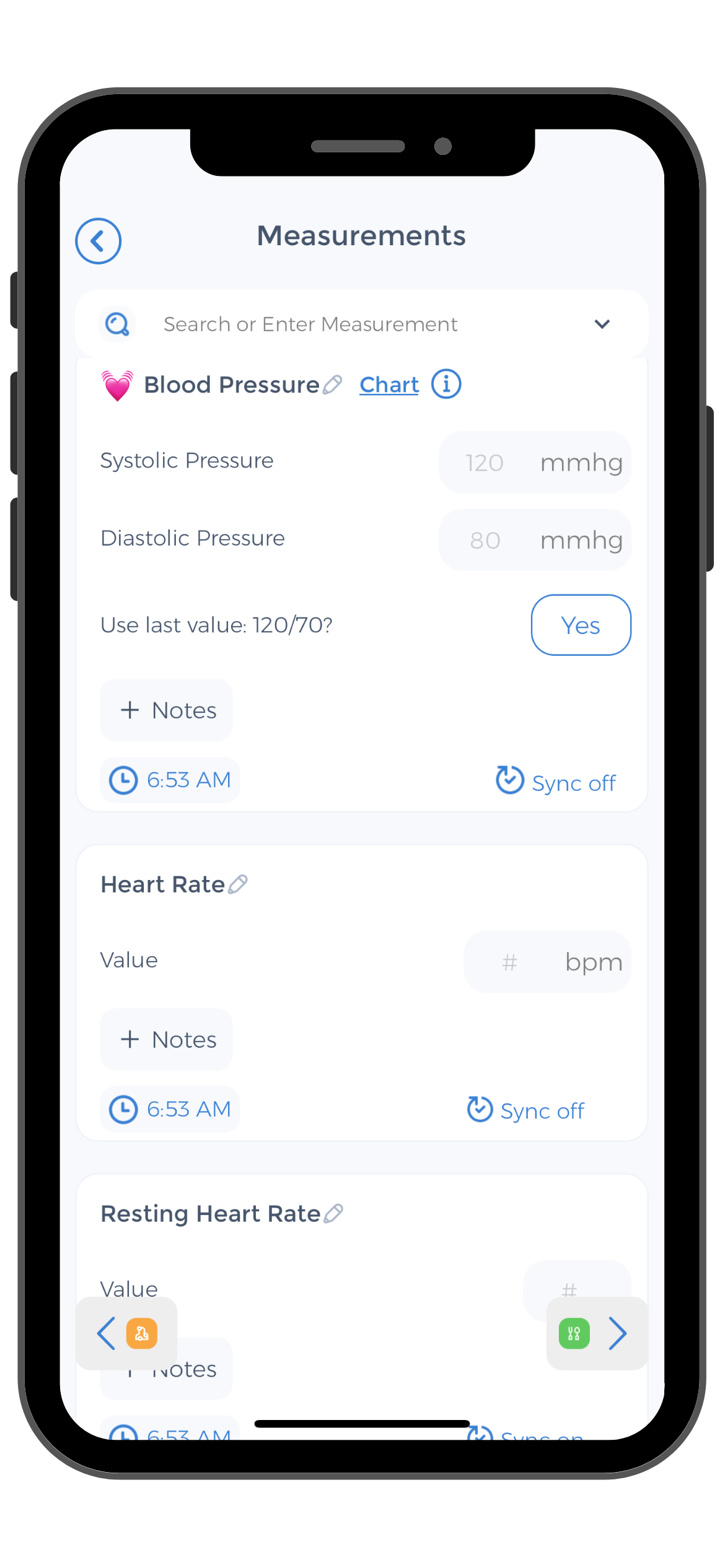
Have you ever had trouble concentrating, the sudden urge to fidget, or placed your keys somewhere and forgot where you left them? These are common obstacles we encounter in our daily lives we don’t really dwell on. However, they can be telltale signs of Attention Deficit Hyperactivity Disorder, also known as ADHD. ADHD is a neurodevelopmental disorder that affects children and adults, usually diagnosed in children initially.
ADHD is one of the most frequent disorders within child and adolescent psychiatry, with a prevalence of over 5%.1 It is already hard dealing with all of life’s hassles, but ADHD makes it much more difficult, enhancing impulsive behaviors, forgetfulness, and trouble concentrating. Moreover, some research suggests that individuals will also struggle with the concept of Object Permanence Deficits.[1]
Table of Contents
- What is Object Permanence and Why is it Important?
- Development of Object Permanence
- Object Permanence Tests
- What is ADHD?
- How Children, Teenagers, and Adults Affected
- Understanding Object Permanence in ADHD
- Specific Symptoms For Children
- Diagnosing Object Permanence ADHD In Children
- Diagnosing Object Permanence ADHD In Adult
- Treatment Options For Object Permanence Issues of ADHD
- Managing ADHD Object Permanence in Everyday Life
- Using the CareClinic App to Improve Daily Living
What is Object Permanence and Why is it Important?
Object permanence is a term coined by famous psychologist Jean Piaget. He refers to various developmental stages and the specific cognitive skill achieved within them. In simple terms, object permanence is the ability of a child to recognize objects that exist even when they cannot physically see them. For example, take a toy away from a child who has not developed object permanence. They will not be curious to look for it because they do not think it exists anymore. Although very simple, object permanence development is essential for further symbolic understanding and reasoning, such as pretend play, memory development, and language development.2[2]
Development of Object Permanence
Have you ever heard the saying “Practice makes perfect”? This is true with the development of object permanence deficits. It is a cognitive skill and can be worked on like many others. Have you ever found yourself playing peek-a-boo with an infant and wondered why they enjoy such a simple game? This is because they have yet to develop object permanence. Therefore, they don’t comprehend that the object still exists even if not seen. Usually, at around 8 months old, children develop the skill, while some infants aged 3.5 months and older can grasp object permanence.3[3]
Object Permanence Tests
Peek-a-boo: Put your hands over your eyes and/or a blanket and observe if the child will remove it. A child who has yet to develop object permanence will think the adult is not there.2
Hiding objects: Giving a child a toy and then hiding it from them under a blanket. Observe if the child will be curious and look for it.2 Interested in the variety of ways to check for object permanence? Learn more about Object Permanence Tests.
Separation Anxiety
Have you ever held a baby as the mother is very busy and had them cry immediately? This is not because they do not like you; they have separation anxiety. Separation anxiety is an essential indicator that a child has developed object permanence deficits.
The children understand if something/someone is not present, they still exist but have not developed the concept of time.4 They cry because they do not know when the mother will return to them and have an increased attachment to the caregiver. In addition to the challenges with object permanence and attachment, children with ADHD may also experience anxiety as a result of their neurodiversity.[4][5]
What is ADHD?
Attention deficit hyperactivity disorder is a common neurodevelopmental disorder initially diagnosed in children and sometimes adolescents. An estimated 8.4% of children and 2.5% of adults have ADHD.5 ADHD symptoms are identifiable in school children disrupting classrooms, trouble concentrating, and hyperactive movements.6 Untreated, undiagnosed ADHD compounds as one age, leading to lifelong problems with the development of relationships, poor self-esteem, and increased self-esteem.5
Causes of ADHD
There is no definitive explanation of how ADHD is caused, yet research suggests it is due to genetic and non-genetic factors. For instance, when completing specific tasks, we see more activation in different brain regions in children without ADHD in comparison to children with ADHD.5 Additionally, children with ADHD have reduced grey and white matter in their brains.5 Finally, certain lifestyle choices, such as drinking and smoking during pregnancy, as well as exposure to toxins and premature delivery, enhance the probability of developing ADHD.
Types of ADHD Symptoms
The term ADHD and the amount we know about the disorder has evolved over time and now serves as an umbrella term. Two subtypes have been identified: Inattentive (ADHD-I) and Hyperactivity impulsive (ADHD II). ADHD-I is considered the most common, affecting 2.95%, while ADHD-II is 2.77% of individuals. Both of these subtypes of ADHD are expected to have a higher prevalence in boys than girls.7
Hyperactive-Impulsive ADHD
- Trouble sitting still, object constancy such as fidgeting.11
- Difficulty processing consequences of actions.11
- Impulsive behaviors such as speaking disrespectfully, and interrupting others.11
- Inability to concentrate.11
- Fast speech.11
- Feelings of restlessness.11
- Poor self-control and addictive tendencies.11
Inattentive ADHD
- Difficulty following instructions and finishing tasks.12
- Concentration difficulty.12
- Occasional extreme focus on stimulating tasks. 12
- Difficulty following conversations. 12
- Frequently losing items. 12
ADHD is intricate, and one may want to consider which life stage they are in as they experience different ADHD symptoms. For example, forgetfulness is a common detriment to individuals with ADHD, but not to worry, the CareClinic is here to help. Care-Clinic is a mobile health app that provides users with an easy-to-use interface to track and manage ADHD symptoms they are experiencing. The symptom tracker has a wide array of options, allowing you to select what affects you the most. Additionally, you will be able to log the severity, the time these symptoms occur, and the triggers.[6][7][8]
How Children, Teenagers, and Adults Affected
How ADHD affects a child, teenager, and adult differs slightly but always leads to daily struggles. Children with ADHD obtain poorer grades because they are not able to concentrate in class. Additionally, lower self-esteem and emotional control difficulties are prevalent in children.8 This leads to behavioral problems such as the inability to make friends, leading to isolation and higher chances of depression compared to peers.8 When we become teenagers, school becomes more difficult and complex, and these ADHD symptoms can worsen.
Since self-esteem is considerably lower, negative self-image and competency to complete tasks become very common. Teenagers with ADHD may also develop eating and body dysmorphia as a result.8, 9 As we grow into adults our responsibilities increase, and the ADHD struggle persist with harsh consequences. Adults will have problems meeting deadlines, staying organized, and accepting criticism. 8, 9 Research suggests adults with ADHD perform exceptionally poorly at work with a 66% increased risk of being laid off than typically developing individuals.10
Understanding Object Permanence in ADHD
ADHD and object permanence, commonly referred to as “out of sight, out of mind,” go hand in hand, particularly in individuals with neurodiversity, such as ADHD. While object permanence is not a medical ADHD struggle, many people with ADHD report difficulties with this concept. Research suggests that the ability is not entirely compromised and that individuals with ADHD understand the existence of objects even when they can’t see them.
However, there are still issues with this concept when sensory cues are not present. For example, imagine you are baking cookies and want to quickly fold your laundry upstairs as the oven gets hot. The absence of sensory and visual cues, as well as the presence of new ones, can make individuals with neurodiversity, such as ADHD, forget about the cookies in the oven. Consequently, when the smoke detector goes off, the audio cue allows you to remember the cookies are in the oven. Individuals will understand these objects exist but will need object constancy sensory cues to prevent them from forgetting.
How does Object Permanence ADHD Develop?
Making secure attachments with people and objects is linked to the ability of object permanence, which is known as object constancy. Unfortunately, 50%-70% of children with ADHD struggle with making secure attachments.14 There is no extensive research proving ADHD causes object permanence issues. However, clinical studies indicate working memory is affected.15 Working memory holds small amounts of information for a brief moment, such as remembering someone’s cell phone number before writing it down. Additionally, these individuals will have a poor attentional filter, unable to filter irrelevant information out, creating problems with the retrieval of long-term memories.16 As the working memory becomes cluttered due to new information with poor attentional filters, object permanence ADHD occurs.
Common Symptoms of Object Permanence ADHD
- For example, forgetting important dates/work projects.17, 18
- Such as forgetting to pay bills.17, 18
- Not taking medications correctly.17, 18
- Missing appointments.17, 18
- Easily distracted.17, 18
- Difficulties with planning ahead.17, 18
Specific Symptoms For Children
- Such as failure to complete tasks: Children will be easily distracted and have their attention diverted to other things.18
- For example, upset when they cannot find something: When they don’t remember where they placed something, believe it is gone forever.18
- Feeling overwhelmed when parents leave the room: If the caregiver is not in front of them, children will believe they do not exist and therefore feel upset.18
Specific symptoms for adult
- Form insecure attachment: The development of insecure attachment occurs in those with ADHD. Fear those not present will not return.18
- Spending less time with friends and loved ones: Adults with object permanence might spend less time with family and loved ones. For example, since they are not always present, individuals forget to stay in touch with them.18
- Spend money recklessly/overbuy: May not remember they bought something if they cannot see them.18
- Forget to pay bills and miss payments: If not reminded by a person or a cue such as physical papers they may forget to make payments.18
- Difficulties with managing emotions and controlling anger associated ADHD
How Are Relationships Affected?
Maintenance of relationships is a common area of concern for people with object permanence ADHD. Relationships need constant effort from all parties to keep them flourishing. Unfortunately, 50-70% of children experience difficulties forming and maintaining relationships with their peers.18 For example, reaching out to a friend with object permanence ADHD and not receiving a reply. You may feel mad or annoyed at this and negatively perceive your relationship with the person.
This may cause you to drift away and stop messaging them, ending the relationship. Substance abuse is also higher with these individuals,19 that can negatively affect relations as these individuals will isolate themselves and communicate less often, common symptoms of substance abuse. [14][15][16][17][18]
Diagnosing Object Permanence ADHD In Children
The diagnosis of ADHD falls under a strict category of symptoms a general physician must interpret, 6 or more of these symptoms must also be shown by the adults including:
- Persistence of symptoms for 6 months. 20
- For example, showing symptoms before age 12.20
- Showing symptoms in different settings such as at school and home.20
- Symptoms creating difficulty in their life academically, socially, etc.20
Diagnosing Object Permanence ADHD In Adult
There is a difference of opinion on whether ADHD struggle that apply to children/teenagers can be used for adults, leading to difficulty diagnosing object permanence ADHD within adults.21 Generally, adults must show at least 5 signs to be diagnosed with ADHD. Usually, these symptoms must also be present in childhood, considering current diagnostic guidelines to confirm the diagnosis. However, some people may forget childhood symptoms, hence doctors will request to speak to family members and access school files to confirm the diagnosis.[21][22]
Treatment Options For Object Permanence Issues of ADHD
Relief from ADHD is crucial to help with day-to-day living with treatment options being available in diverse ways such as medications, behavioral therapy, counseling, and educational services,20 All treatment options are effective however using them in combinations will relieve symptoms efficiently, and obtaining the best results.
Stimulant Medications
Stimulant drugs such as amphetamines and methylphenidates are common short-term and long-term treatment options for object permanence issues of ADHD. They function by increasing neurotransmitter dopamine and norepinephrine in the brain ultimately minimizing hyperactive and inattentive ADHD,21 showing a 70%-80% decrease in ADHD struggle.22 Such as effective it is crucial to understand the adverse effects of stimulants.
High blood pressure, headaches, and weight loss are common side effects. In addition, psychiatric problems may arise with stimulation, making symptoms worse. Moreover, if such side effects are seen, you must consult your doctor quickly to adjust dosages or stop the medication completely.
Tracking Medication Dosages Using the CareClinic App
Everyone has cases of forgetfulness and brain lapses from time to time. However, individuals with object permanence issues of ADHD will have a higher prevalence of forgetfulness that can impact their lives considerably, such as not taking medication on time or with incorrect dosages. Luckily, the CareClinic app has a medication tracking function that lets you input the type and dosage and set reminders to ensure you are on top of your medical need.
ADHD Therapy
Psychoeducation
Education of the family members regarding ADHD and its effect is necessary, but more importantly, discussion with the individuals is also crucial. Inclusion of the patient in a safe environment and encouraging them to be open enables them to make sense of the diagnosis and condition, helping them cope.21
Behavioral Therapy
Behavioral therapy is another excellent method to help caregivers understand and develop strategies. Parents and even teachers are encouraged to create a token system to improve specific behaviors in their children. For example, rewarding a child with dessert if they can stop fidgeting at the dinner table. Teachers can adopt a similar strategy by encouraging students with object permanence ADHD even if they progress slightly.
Cognitive behavioral therapy
CBT refers to the idea that your thoughts, feeling, and physical sensations are interconnected.21 Moreover, CBT aids affected children and parents, providing them with the structure to change their thoughts and behavior. Caregivers receive information about how to handle their child’s situation better, altering how they may think/act. For example, a parent who scolds a child with ADHD for forgetting to do simple chores, a change in the parent’s behavior subsequently leads to the child feeling less inadequate to their siblings.[23][24]
Managing ADHD Object Permanence in Everyday Life
It may seem overwhelming to learn about all the different ADHD symptoms and difficulties of ADHD object permanence causes. But do not worry; many coping skills have been developed to help you navigate day-day activities.
Setting Reminders
Forgetting to pay your credit card bill and having your card declined at a restaurant is something no one wants to experience. Setting reminders is a great way to remember to complete specific tasks. They can be set on your phone, calendar, etc. They will provide visual cues for you and help you remember.
Staying Active for a Healthy Life
A healthy lifestyle is essential physically and mentally. The digital world we live in makes it very difficult to avoid such ads for fast food, and tend to overuse apps such as Uber Eats when we are too lazy to cook. Exercising is shown to release endorphins linked to improving memory.18 Not only will we feel better, but we will also get to establish a routine.
CareClinic is a great app to log your fitness progress with the measurement tool. You can input your current weight, calories consumed, and the calories burned during a workout.
Moreover, this can help you stay motivated, track progress, and analyze charts about your weight loss or weight gain journey making managing object permanence issues of ADHD in everyday life easier.
Don’t Open Text Messages
Has one of your friends or loved ones gotten upset with you for viewing and not responding to a text message they sent a couple of days ago? We have all experienced this, which can lead to awkwardness and strain in relationships with friends questioning if the connection is still there. Only opening the text message if you can respond at that moment is a helpful way to avoid this.
Develop A Routine
Creating a personalized routine for any aspect of your life, such as cleaning, can help you cope with object permanence ADHD. We have all been victims of overbuying or forgetting we have something only to see it at our house. A cleaning routine will let you see and take mental notes of products in your house, which is helpful for individuals who tend to overbuy.
Honesty
Everyone always says, “Honesty is the best policy,” which is a great coping strategy for object permanence challenges in ADHD. Talking to friends and loved ones about the daily difficulties can help strengthen your relationship as they understand the struggles you may encounter.
Joining Support Groups
Opening up about your feelings and meeting individuals that experience the same struggles is a great coping strategy. You can create relationships and learn many strategies others implement in their daily lives that can also help you.
Emotion Tracking
By keeping a journal for emotion tracking, individuals with ADHD can identify patterns and triggers for their emotions, including feelings related to object permanence challenges and work on developing coping strategies to improve their well-being.[25][26][27]
Using the CareClinic App to Improve Daily Living
 Although it is essential to value physical health, mental health is just as important and must be focused on. Stressful situations are handled in many ways, positively or negatively.
Although it is essential to value physical health, mental health is just as important and must be focused on. Stressful situations are handled in many ways, positively or negatively.
Unfortunately, many people neglect their emotions, afraid to be seen as weak. For example, it’s challenging to open up about my feelings, especially when I become increasingly stressed. Journaling is a great way to alleviate stress and jot down your daily thoughts and emotions.
Unfortunately, you may not always have a piece of paper or a personalized ADHD journal. Not to worry, the CareClinic app has a built-in diary function allowing you to record your feelings anytime.
Additionally, you may want to reflect on how you feel after treatments, and if you do not have anything on your mind, there are built-in prompts to choose from.
Having your diary on you at all times is beneficial, as some with object permanence challenges in ADHD may forget how they are feeling in a particular situation. Ultimately, the CareClinic app has many other diverse features that can help make managing object permanence challenges in everyday life easier.
References:
1 Drechsler, R., Brem, S., Brandeis, D., Grünblatt, E., Berger, G., & Walitza, S. (2020). ADHD: Current Concepts and Treatments in Children and Adolescents. Neuropediatrics, 51(5), 315–335. https://doi.org/10.1055/s-0040-1701658
2 WebMD Editorial Contributors. (n.d.). Facts about object permanence in babies. WebMD. Retrieved January 30, 2023, from https://www.webmd.com/baby/what-age-do-babies-have-object-permanence
3 Baillargeon, R., & DeVos, J. (1991). Object Permanence in Young Infants: Further Evidence. Child Development, 62(6), 1227–1246. https://doi.org/10.2307/1130803
4 Pendley, J. S. (Ed.). (2016, October). Separation anxiety (for parents) – nemours kidshealth. KidsHealth. Retrieved January 31, 2023, from https://kidshealth.org/en/parents/sep-anxiety.html
5 What is ADHD? Psychiatry.org – What is ADHD? (n.d.). Retrieved January 30, 2023, from https://www.psychiatry.org/patients-families/adhd/what-is-adhd
6 Mayo Foundation for Medical Education and Research. (2023, January 25). Adult attention-deficit/hyperactivity disorder (ADHD). Mayo Clinic. Retrieved January 30, 2023, from https://www.mayoclinic.org/diseases-conditions/adult-adhd/symptoms-causes/syc-20350878
7 JJ;, R. (n.d.). Gender differences in attention-deficit/hyperactivity disorder. The Psychiatric clinics of North America. Retrieved January 30, 2023, from https://pubmed.ncbi.nlm.nih.gov/20385342/
8 WebMD. (n.d.). What can happen if you don’t treat ADHD? untreated ADHD. WebMD. Retrieved January 30, 2023, from https://www.webmd.com/add-adhd/childhood-adhd/risks-of-untreated-adhd
9 Olivardia, R. (2020, August 10). Body dysmorphic disorder and attention deficit hyperactivity disorder (ADHD). International OCD Foundation. Retrieved January 30, 2023, from https://iocdf.org/blog/2020/08/10/body-dysmorphic-disorder-and-attention-deficit-hyperactivity-disorder-adhd/
10 Murphy, K., & ABarkley, R. (2004, June 28). Attention deficit hyperactivity disorder adults: Comorbidities and adaptive impairments. Comprehensive Psychiatry. Retrieved January 30, 2023, from https://www.sciencedirect.com/science/article/abs/pii/S0010440X9690022X[28]
References
- “Data and Statistics on ADHD | Attention-Deficit / Hyperactivity Disorder (ADHD) | CDC”. https://www.cdc.gov/adhd/data/
- “Object permanence | Description, Origins, According to Piaget, & Other Species | Britannica”. https://www.britannica.com/science/object-permanence
- “Cognitive Development in Infants: 8 to 12 Months – HealthyChildren.org”. https://www.healthychildren.org/English/ages-stages/baby/Pages/Cognitive-Development-8-to-12-Months.aspx
- “Object Permanence”. https://www.simplypsychology.org/object-permanence.html
- “Object permanence: What it is and why it's important | Lovevery”. https://blog.lovevery.com/skills-stages/object-permanence/
- “Data and Statistics on ADHD | Attention-Deficit / Hyperactivity Disorder (ADHD) | CDC”. https://www.cdc.gov/adhd/data/index.html
- “General Prevalence of ADHD – CHADD”. https://chadd.org/about-adhd/general-prevalence/
- “Clinical Characteristics of Attention Deficit Hyperactivity Disorder – Mental Disorders and Disabilities Among Low-Income Children – NCBI Bookshelf”. https://www.ncbi.nlm.nih.gov/books/NBK332879/
- “Other Concerns and Conditions with ADHD | Attention-Deficit / Hyperactivity Disorder (ADHD) | CDC”. https://www.cdc.gov/adhd/about/other-concerns-and-conditions.html
- “What is ADHD? | Clear Behavioral Health”. https://clearbehavioralhealth.com/what-is-adhd/
- “Functional Impairments Associated With ADHD in Adulthood and the Impact of Pharmacological Treatment – PMC”. https://www.ncbi.nlm.nih.gov/pmc/articles/PMC10173356/
- “Attentional control activation relates to working memory in attention-deficit/hyperactivity disorder – PubMed”. https://pubmed.ncbi.nlm.nih.gov/20060961/
- “Neural processing of working memory in adults with ADHD in a visuospatial change detection task with distractors – PMC”. https://pmc.ncbi.nlm.nih.gov/articles/PMC6149497/
- “12. Social problems with ADHD – ADxS.org”. https://www.adxs.org/en/page/30/12-social-problems-with-adhd
- “Object Permanence in ADHD: Exploring the Link — Talkspace”. https://www.talkspace.com/mental-health/conditions/articles/object-permanence-adhd/
- “Common Signs And Symptoms Of ADHD In Adults Explained”. https://clearmindtreatment.com/blog/signs-and-symptoms-of-adhd-in-adults/
- “Attention deficit hyperactivity disorder”. https://en.wikipedia.org/wiki/Attention_deficit_hyperactivity_disorder
- “Identification and treatment of individuals with attention-deficit/hyperactivity disorder and substance use disorder: An expert consensus statement – PMC”. https://www.ncbi.nlm.nih.gov/pmc/articles/PMC10075023/
- “DSM-5 Criteria | eqipp.aap.org”. https://eqipp.aap.org/courses/adhd/mn/clinical-guide/popups/dsm-5-criteria
- “Attention-Deficit/Hyperactivity Disorder (ADHD) – Pediatrics – Merck Manual Professional Edition”. https://www.merckmanuals.com/professional/pediatrics/learning-and-developmental-disorders/attention-deficit-hyperactivity-disorder-adhd
- “Diagnosing ADHD | Attention-Deficit / Hyperactivity Disorder (ADHD) | CDC”. https://www.cdc.gov/adhd/diagnosis/index.html
- “Diagnosis in Adults – CHADD”. https://chadd.org/for-professionals/diagnosis-in-adults/
- “ADHD Medications: How They Work & Side Effects”. https://my.clevelandclinic.org/health/treatments/11766-adhd-medication
- “ADHD and Object Permanence A Developmental Perspective – Adecco”. https://my.adecco.com/adhd-and-object-permanence/
- “Object Permanence in ADHD: 5 Strategies for Coping | Orlando | UCF Health”. https://ucfhealth.com/our-services/primary-care/object-permanence-adhd/
- “Exercising After a Task Improves Memory”. https://time.com/4369529/exercising-after-a-task-improves-memory/
- “Object Permanence with ADHD: Challenges and How to Cope”. https://www.healthgrades.com/right-care/adhd/adhd-object-permanence
- “Journaling for Emotional Wellness”. https://www.nationwidechildrens.org/family-resources-education/family-resources-library/journaling-for-emotional-wellness





